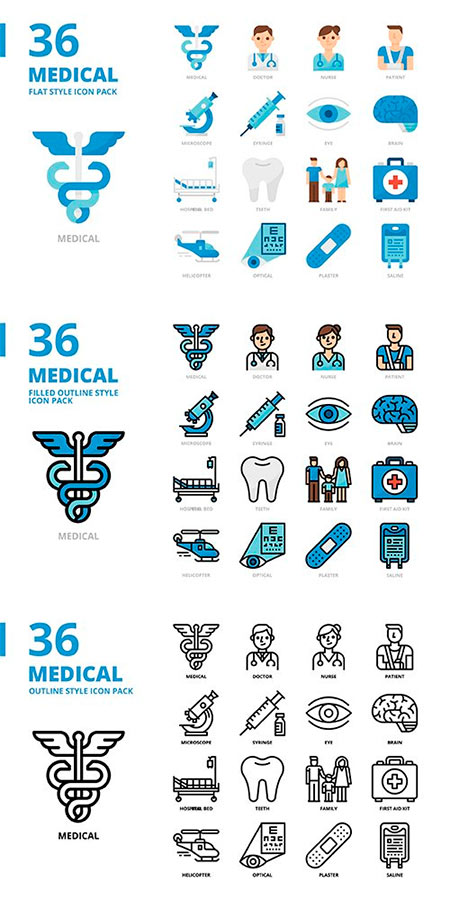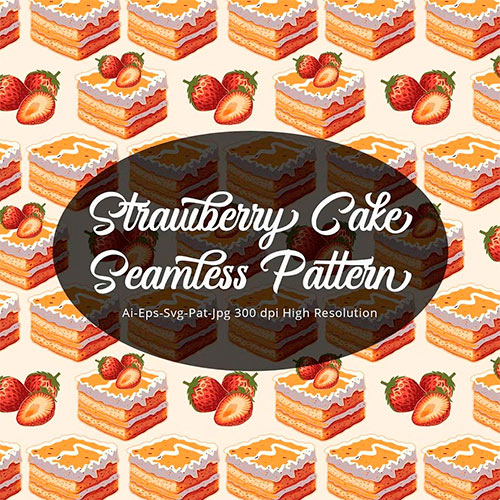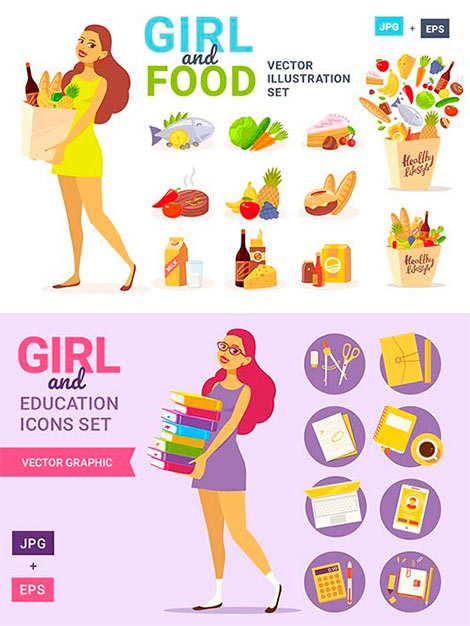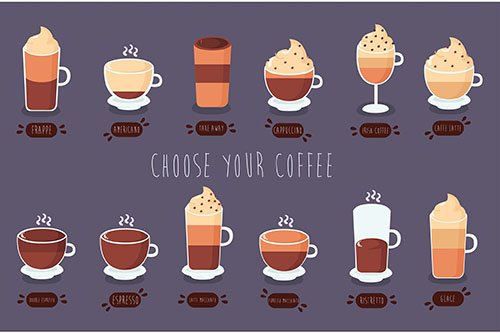
Medical Style Icon Set
AI | EPS | PNG | SVG | 4.53 MB
|

Strawberry Cake Seamless Pattern RET6F94
AI EPS SVG PAT JPG | 6250x6250 px | 135 MB
|

Girl Fashion Characters Vector Illustration Avatars
AI | 6.95 MB
|

Building Inside and Outside Illustrations
AI | EPS | 15.46 MB
|

Beautiful Animals Illustrations
AI | 1.5 MB
|

Shopping and Student Woman
EPS | JPG | 20.07 MB
|

Minimal Vintage Logo Template
AI | EPS | 5.05 MB
|

Breakfast Food Illustration
AI | EPS | SVG | PNG | 13.86 MB
|

Coffee Types Illustration Pack
EPS | 1.02 MB
|

Sport Activities Vector Illustrations
AI | EPS | 17.61 MB
|
« 1 2 ... 40 41 42 43 44 ... 1657 1658 » |
Векторная графика, в отличие от растровой, строится не на основе сетки пикселей, а на математическом описании геометрических объектов - линий, кривых, многоугольников. Это позволяет векторным изображениям масштабироваться до бесконечности без потери качества, оставаясь четкими и гладкими даже при многократном увеличении. Каждый элемент в векторном изображении - это независимый объект, который можно редактировать отдельно, изменяя его цвет, форму, размер, положение, и т.д. Это делает векторную графику идеальным выбором для создания логотипов, иллюстраций, шрифтов, и других изображений, где важна четкость и масштабируемость.
Одним из ключевых преимуществ векторной графики является её компактность. Поскольку векторные изображения описываются математическими формулами, а не информацией о каждом пикселе, файлы обычно значительно меньше по размеру, чем их растровые аналоги. Это особенно важно для веб-графики и анимации, где размер файла напрямую влияет на скорость загрузки страницы и производительность. Кроме того, векторные файлы легче редактировать и обновлять, поскольку изменение одного объекта не требует повторной обработки всего изображения, как в случае с растровой графикой.












